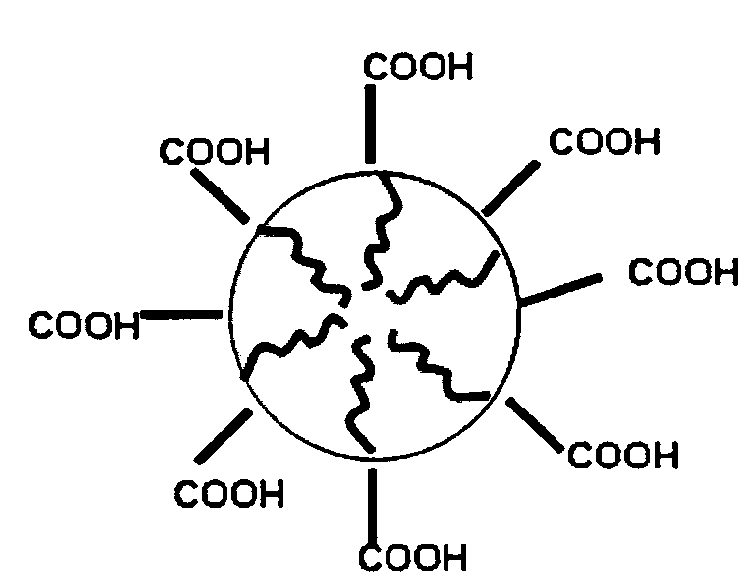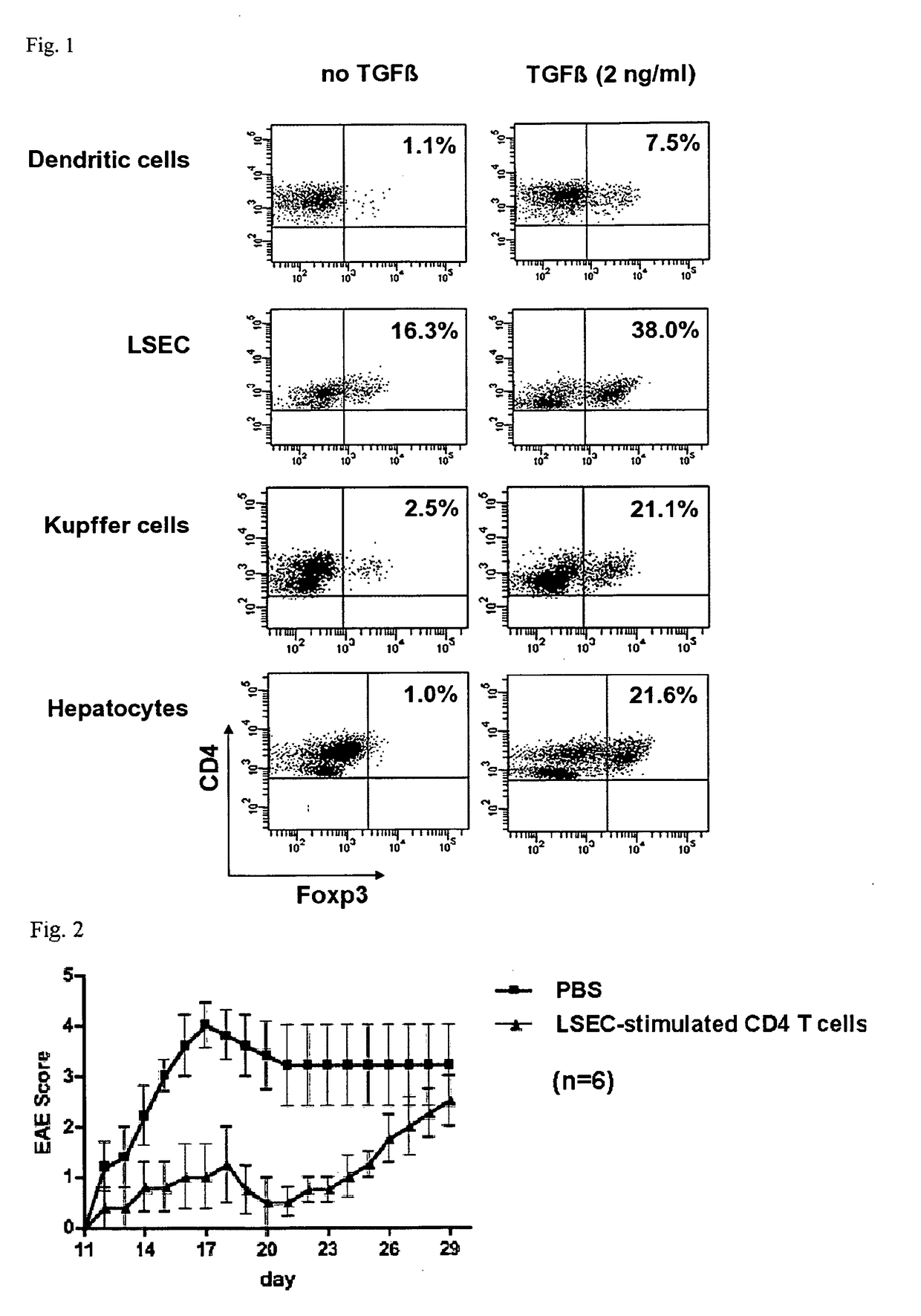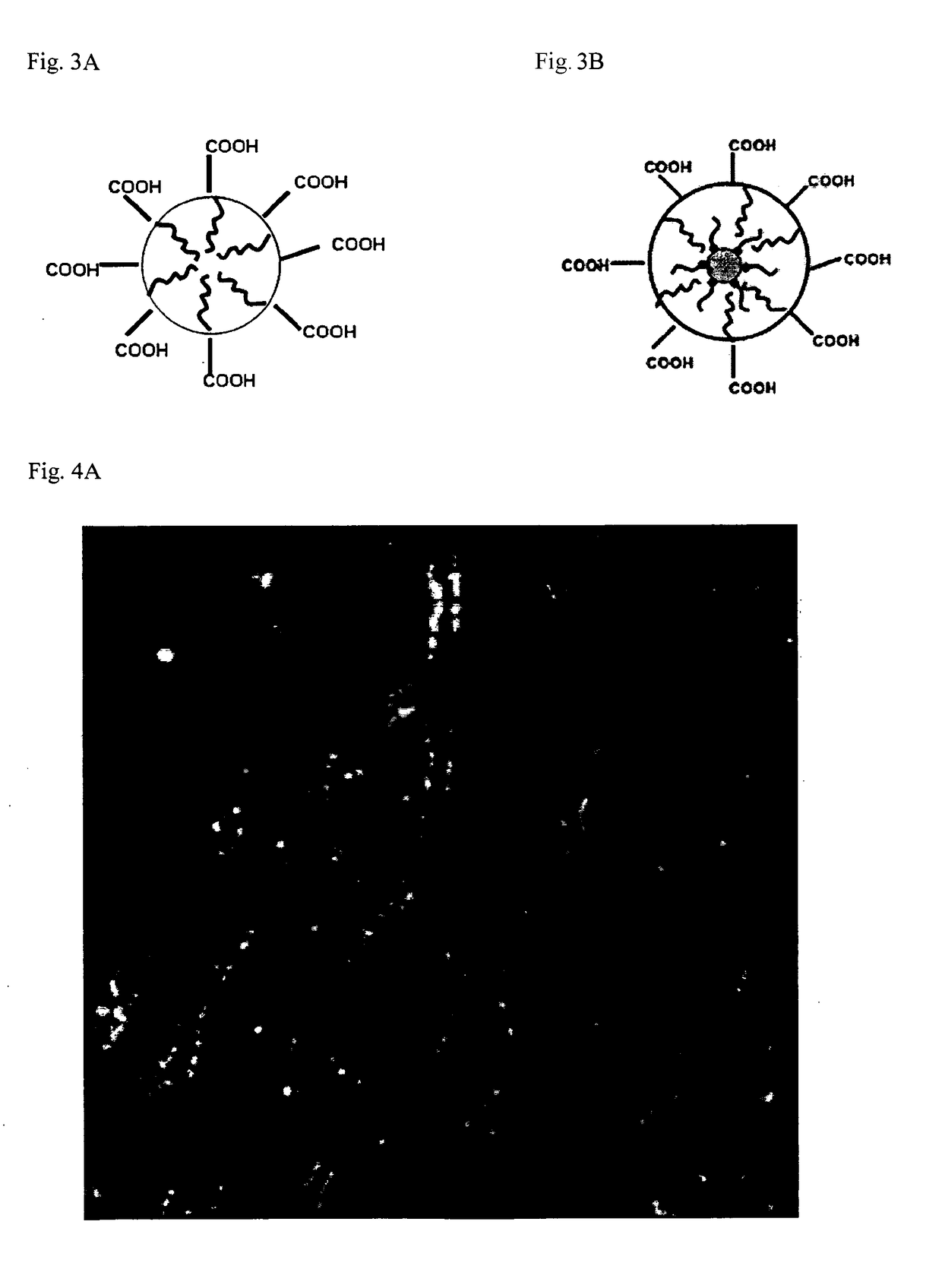Nanoparticle compositions for generation of regulatory t cells and treatment of autoimmune diseases and other chronic inflammatory conditions
- Summary
- Abstract
- Description
- Claims
- Application Information
AI Technical Summary
Problems solved by technology
Method used
Image
Examples
Example
Example 1
Generation of Regulatory T Cells by Liver Sinusoidal Endothelial Cells and Kupffer Cells.
[0060]Mouse liver non-parenchymal cells were isolated applying a protocol modified from (28). Briefly, mouse livers were perfused with 0.05% collagenase IV (Sigma; Taufkirchen, Germany) in Gey's balanced salt solution, mechanically dissected and further digested in 0.05% collagenase IV in Gey's balanced salt solution for 25 minutes at 37° C. at constant rotation (240 rpm). Hepatocytes and debris were sedimented twice at 40 g and non-parenchymal cells were recovered by centrifugation over a 17% Optiprep (Sigma) gradient at 400 g.
[0061]Liver sinusoidal endothelial cells (LSEC) were purified from the non-parenchymal cells as described (29) by magnetic sorting with the ME-9F1 antibody (Miltenyi Biotech, Bergisch-Gladbach, Germany). LSEC were seeded on collagen-coated culture plates (Serva, Heidelberg, Germany). After overnight culture in Iscove's modified Dulbecco's medium supplemented with...
Example
Example 2
Suppression of Experimental Autoimmune Neuroinflammation by Liver Ainusoidal Endothelial Cell-Stimulated CD4 T Cells
[0065]LSEC were isolated as described in example 1 and used to stimulate non-regulatory CD4+ CD25− T cells purified from tg4 mice, which carry a transgenic T cell receptor specific for myelin-basic protein (25). After 4 days of T cell stimulation with the specific myelin basic protein-peptide (5 ng / ml) on LSEC, performed as described in example 1, 105 LSEC-stimulated T cells were transferred to B10.PL mice that had been immunized one day before with a myelin basic protein peptide to induce the clinical symptoms of experimental autoimmune encephalomyelitis (EAE), as described in (25).
[0066]Results: Adoptive transfer of LSEC-stimulated myelin basic protein-specific T cells induces a delayed and strongly ameliorated course of EAE, indicating that LSEC-induced neuroantigen-specific Treg cells are capable of improving autoimmune neuroinflammation.
Example
Example 3
Selective and Specific Targeting of Nanoparticle to Liver Sinusoidal Endothelial Cells In Vivo
[0067]a) Nanoparticles were generated by first synthesizing iron oxide cores of about 11 nm according to (26) with 0.18 g FeOOH, 2.31 g oleic acid and 6.4 mL (5.0 g) 1-octadecene; the protocol was modified in interrupting the reaction after one hour for yielding larger core sizes of about 11 nm.
[0068]Then followed encapsulation of the cores according to (27) with some modifications: 2 mL of poly(maleic anhydride-alt-1-octadecene) solution (c=0,01g / mL in CHCl3) was added to a solution of 2 mg nanoparticles dissolved in 2 mL of chloroform and stirred at room temperature overnight. The solvent was then evaporated by exposure to a constant stream of N2, and 2 mL of 20% TBE buffer were added. The solution was sonicated three times for 10 minutes, allowing the solution to cool in between. Subsequently, the solution was heated at 60° C. for 10 minutes. Forming aggregates were removed by c...
PUM
| Property | Measurement | Unit |
|---|---|---|
| Diameter | aaaaa | aaaaa |
| Diameter | aaaaa | aaaaa |
| Magnetic field | aaaaa | aaaaa |
Abstract
Description
Claims
Application Information
 Login to view more
Login to view more - R&D Engineer
- R&D Manager
- IP Professional
- Industry Leading Data Capabilities
- Powerful AI technology
- Patent DNA Extraction
Browse by: Latest US Patents, China's latest patents, Technical Efficacy Thesaurus, Application Domain, Technology Topic.
© 2024 PatSnap. All rights reserved.Legal|Privacy policy|Modern Slavery Act Transparency Statement|Sitemap



